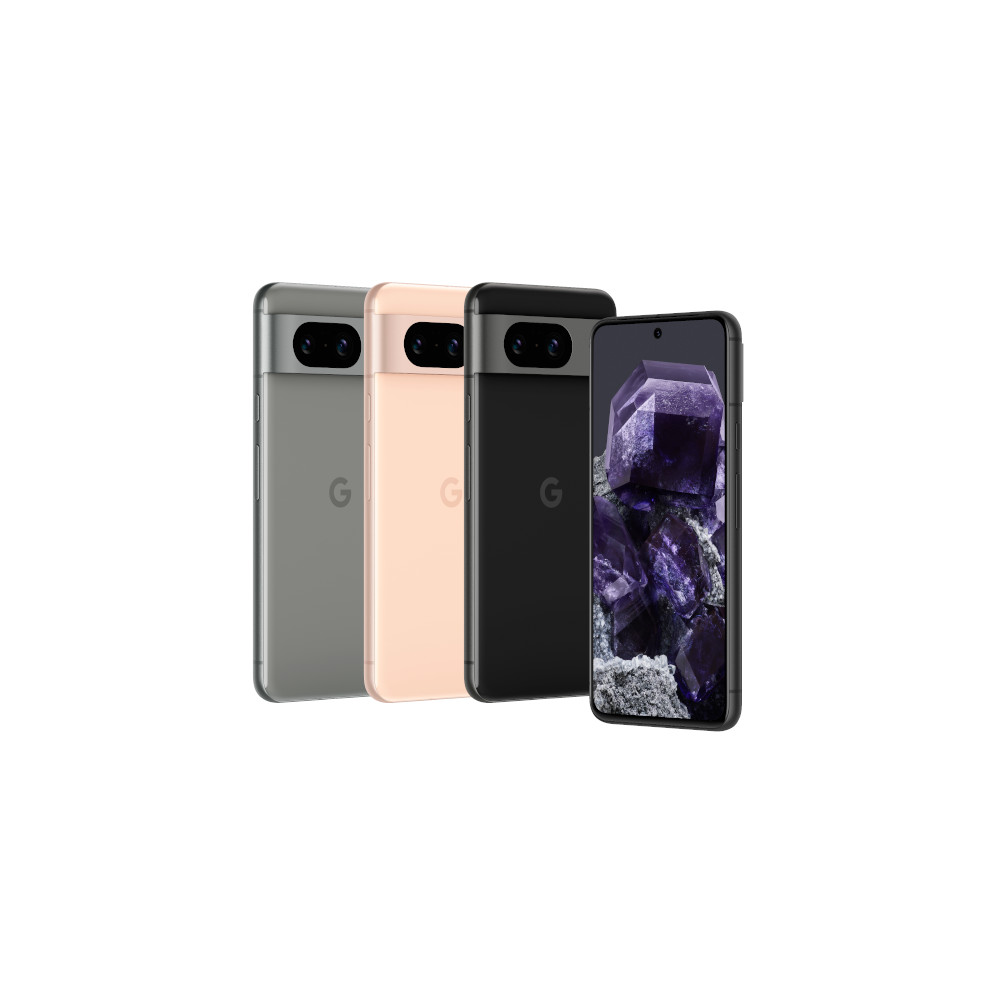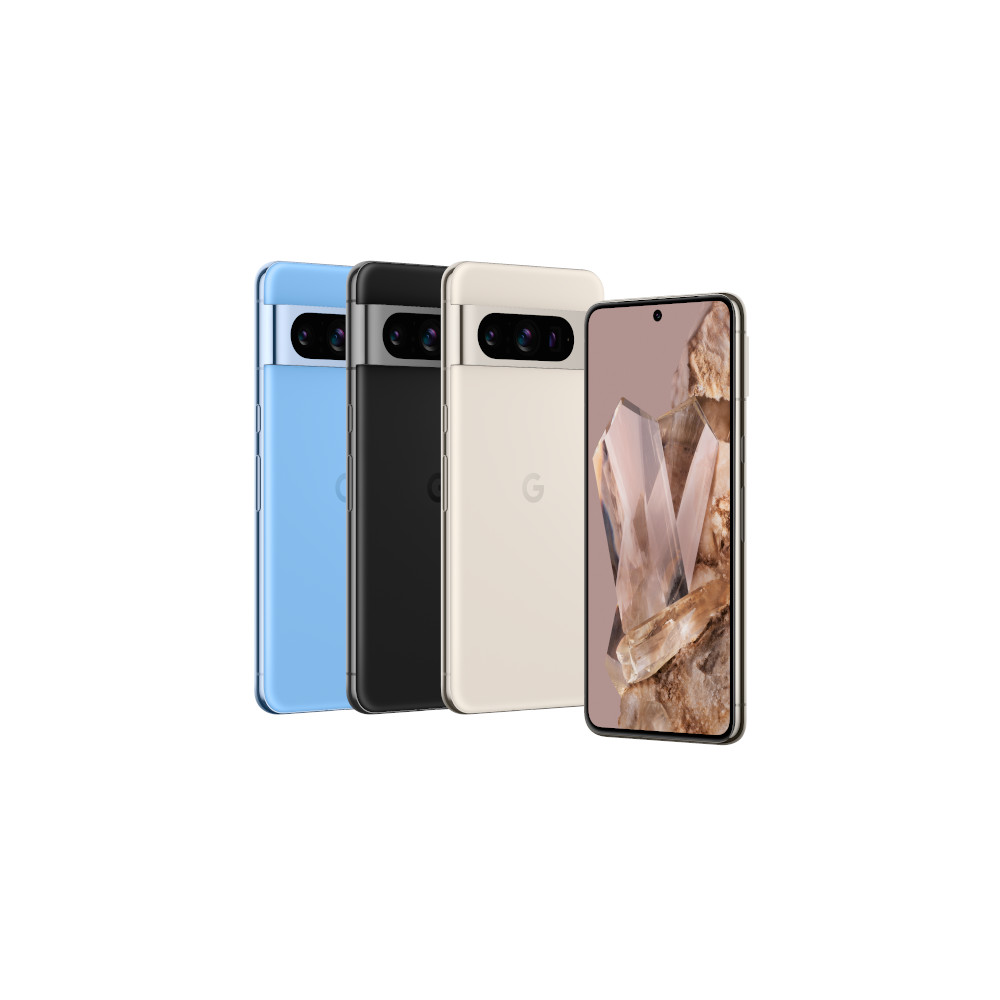Affiliate links on Android Authority may earn us a commission. Learn more.
Google's $100 hike is eyewatering, but the Pixel 8 series seems worth it
Published onOctober 7, 2023
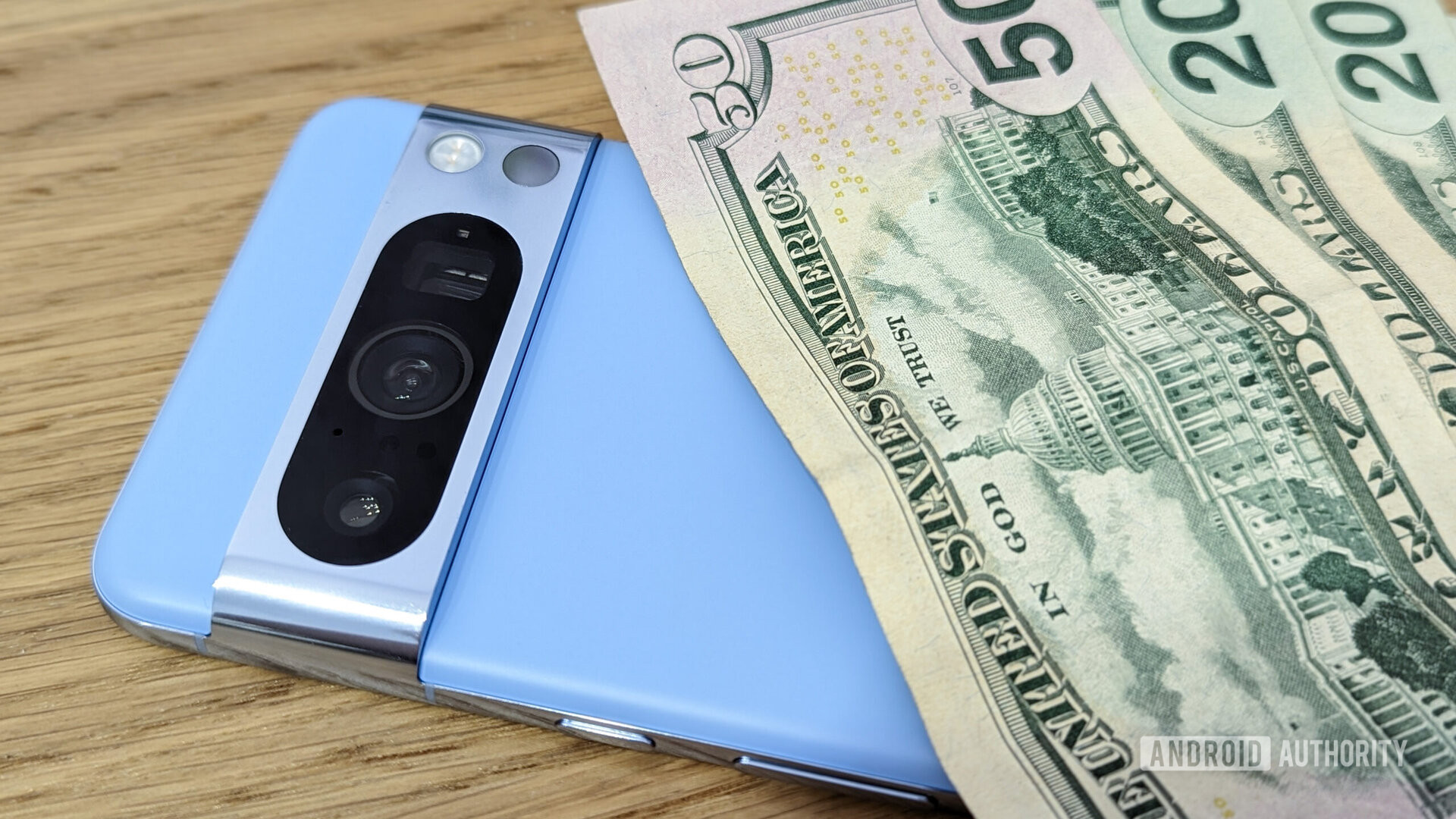
There’s a lot to dive into with the new Pixel 8 and 8 Pro, but I’m sure everyone’s immediate attention is drawn to the new price tag. For the first time since 2021, Google has raised its smartphone prices, risking a fair bit of the goodwill it’s earned over the past two years of brilliant smartphones.
Starting at $699 for the Pixel 8 and $999 for the Pro, both models are $100 dearer than their predecessors. Price hikes are steeper elsewhere; the UK sees a £150 increase, and €200 is the toll in Europe. However, these changes appear to be down to currency rates rather than outright gouging. Still, there’s no getting around the fact that higher prices are always hard to swallow and will undoubtedly give consumers pause for thought before hitting the buy button.
Is the Pixel honeymoon period over then? Well, not necessarily.
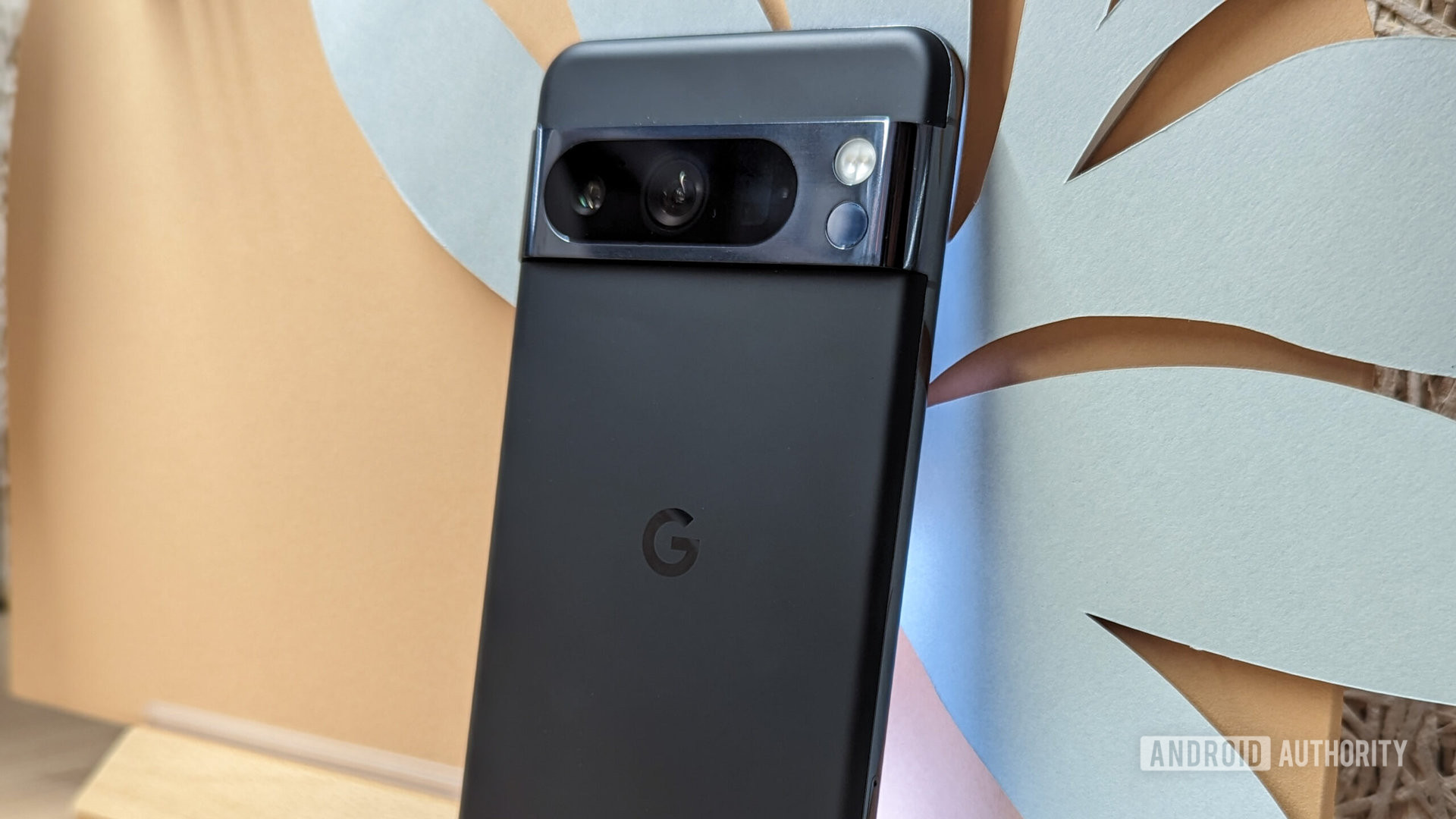
Previous generation Pixels have, frankly, been a steal. $599 for one of the best camera phones in the business, four OS upgrades, and bundled extra Google goodies has been exceptional value. The 6 Pro and 7 Pro were equally solid, often rivaling the best smartphones while costing hundreds less. We’ve been spoilt, really.
Exceptional value for money has been a great reason to buy a Pixel, but there's more to the series.
Undoubtedly, aggressive pricing has been critical to Google’s growth over the past two years. Undercutting the competition has doubled Google’s US market share to a still admittedly small 4%, but that’s nonetheless impressive at a time when other brands are fighting to hold off declines. Now that the Pixel line is (somewhat) well-established, perhaps the series can withstand pricing that’s slightly more in line with the broader market.
Google certainly wouldn’t be the first; HUAWEI, OnePlus, and others indulged in aggressive early strategies to penetrate the market before raising prices once the foot was in the door. For instance, we wouldn’t have enjoyed a whole series of OnePlus handsets without the $299 OnePlus One, roughly half the price of the Samsung Galaxy S5. Value for money wasn’t the only reason to buy into these brands in the longer term, nor is it for the Pixel.
Are the Pixel 8 and 8 Pro overpriced?
All the previous generation perks are still valid for the Pixel 8 series, even at $100 more. Indeed, the Pixel 8 is still arguably the best value-for-money flagship. It’s $100 less than the Galaxy S23 and iPhone 15, yet checks off great cameras, an IP68 rating, wireless charging, unique software features, and much more. Likewise, the Pixel 8 Pro’s superb camera array and much improved Tensor G3 processing power continue to make it solid competition for rival Plus, Pro, and Ultra models while still costing the same or a little less.
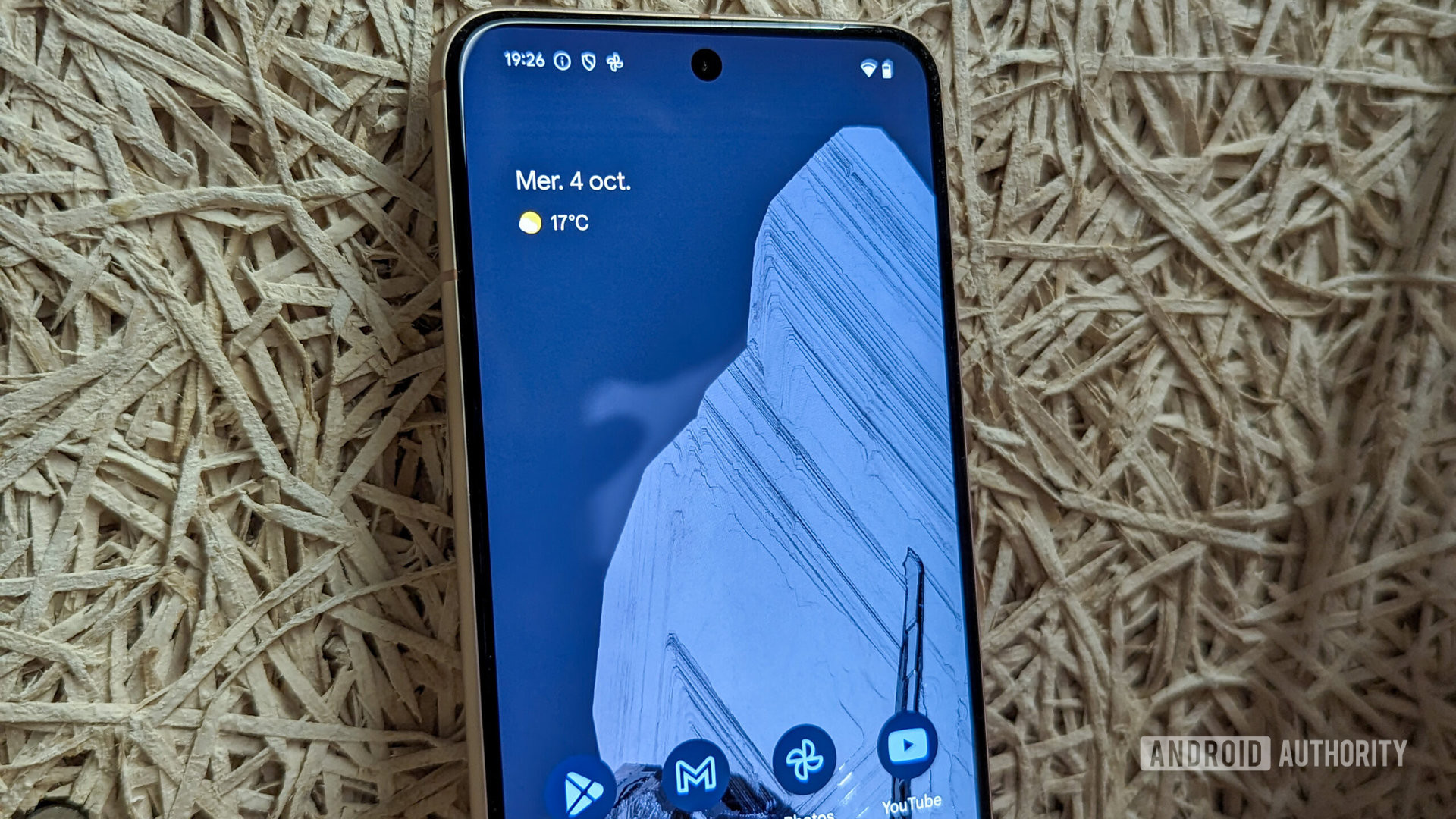
But Google has a more potent weapon to keep us invested in the series — the Pixel 8 and 8 Pro’s seven-year update policy. $699 for a phone that can last until 2030 (with a battery replacement or two) should be value for money in anyone’s book — think of it as $8.30 a month, and the Pixel 8 costs less than Netflix Standard. If anything, Google is likely squeezing its margins by providing software support for so long. The company also risks undercutting future sales growth, as customers won’t need to upgrade for a long time. With years of support left on the clock, the second-hand sales value of the Pixel 8 will be pretty appealing too, and might even end up a better alternative to future mid-rangers. We’ll just have to see.
$100 extra when the Pixel 8 lasts two/three more years is a solid value move.
Industry followers have long noted that smartphone hardware has hit the plateau. While the very best phones can take slightly sharper pictures and run games at marginally higher frames, day-in day-out needs are well catered for by even today’s mid-range hardware. Our most consistent recent complaint has been that phone software often gives out before the hardware is obsolete. With the Pixel 8 series, Google embraces this reality, launching smartphones that excel today and will continue to hold up over their lifespan.
While our fling with Google’s affordable pricing structure may have come to an end, we’re just at the start of a longer-term relationship with the Pixel series.
